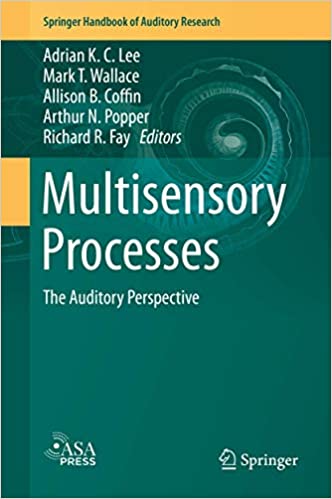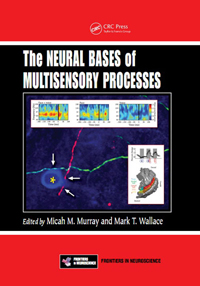
Multisensory Processes: The Auditory Perspective
space
Auditory behavior, perception, and cognition are all shaped by information from other sensory systems. This volume examines this multi-sensory view of auditory function at levels of analysis ranging from the single neuron to neuroimaging in human clinical populations.
space

